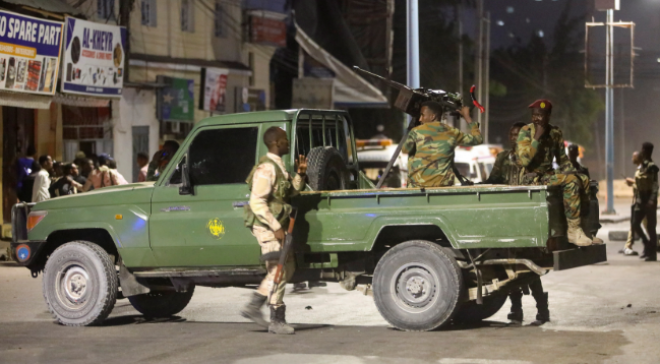UN seeks $1.6 billion to help 5.2 million Somalis in 2024
MOGADISHU, Somalia — The United Nations humanitarian agency said Monday it requires 1.6 billion U.S. dollars in response to the needs of 5.2 million people in Somalia in 2024, a reduction of almost 40 percent compared to 2023.
The UN Office for the Coordination of Humanitarian Affairs (OCHA) said the number of people in need of humanitarian assistance in Somalia has decreased to 6.9 million in 2024 from 8.25 million in 2023.
“Humanitarian needs will remain high in Somalia in 2024 due to recurrent shocks, including climatic events such as drought and floods, conflict and insecurity, widespread poverty, and disease outbreaks,” the OCHA said in its monthly humanitarian Update released in Mogadishu, the capital of Somalia.
The OCHA said these shocks will continue to drive humanitarian needs alongside underlying factors like multidimensional poverty with 55 percent of the population living below the national poverty line, lack of diversified livelihoods and equitable economic growth, political divisions and marginalization, and weak basic services delivery.
The OCHA said integrated response will be prioritized in 10 districts where the 2023 deyr floods have sharply exacerbated already high preexisting needs across sectors, leading to an increase in the number of people requiring assistance.
“Partners plan to enhance collaboration with development and international financing partners to support progress and scale-up in three areas – durable solutions, disaster risk reduction linked to water management, and social protection frameworks,” it said.
The agency said the El Nino phenomena, which led to heavy rains and floods between October to December 2023, is expected to continue, which is likely to lead to above normal Gu rains in March and early April. Projections by the Food and Agriculture Organization of the United Nations Somali Water and Land Information Management indicate risk of flash and riverine floods.
The rains are forecast to end with a drier May and June period, posing agro-pastoral livelihood risks, it added.
“The anticipated above normal rains, inter-clan violence and insecurity are likely to generate a more severe humanitarian impact compared to risk projections made in early 2023, including a significant inflow of displaced people into urban and peri-urban areas,” it said.
This, according to the UN agency, will put pressure on the already stretched services and raise the need for food, water, sanitation, health, education, protection and livelihood assistance, especially in settlements hosting displaced people.
Source: Xinhua








